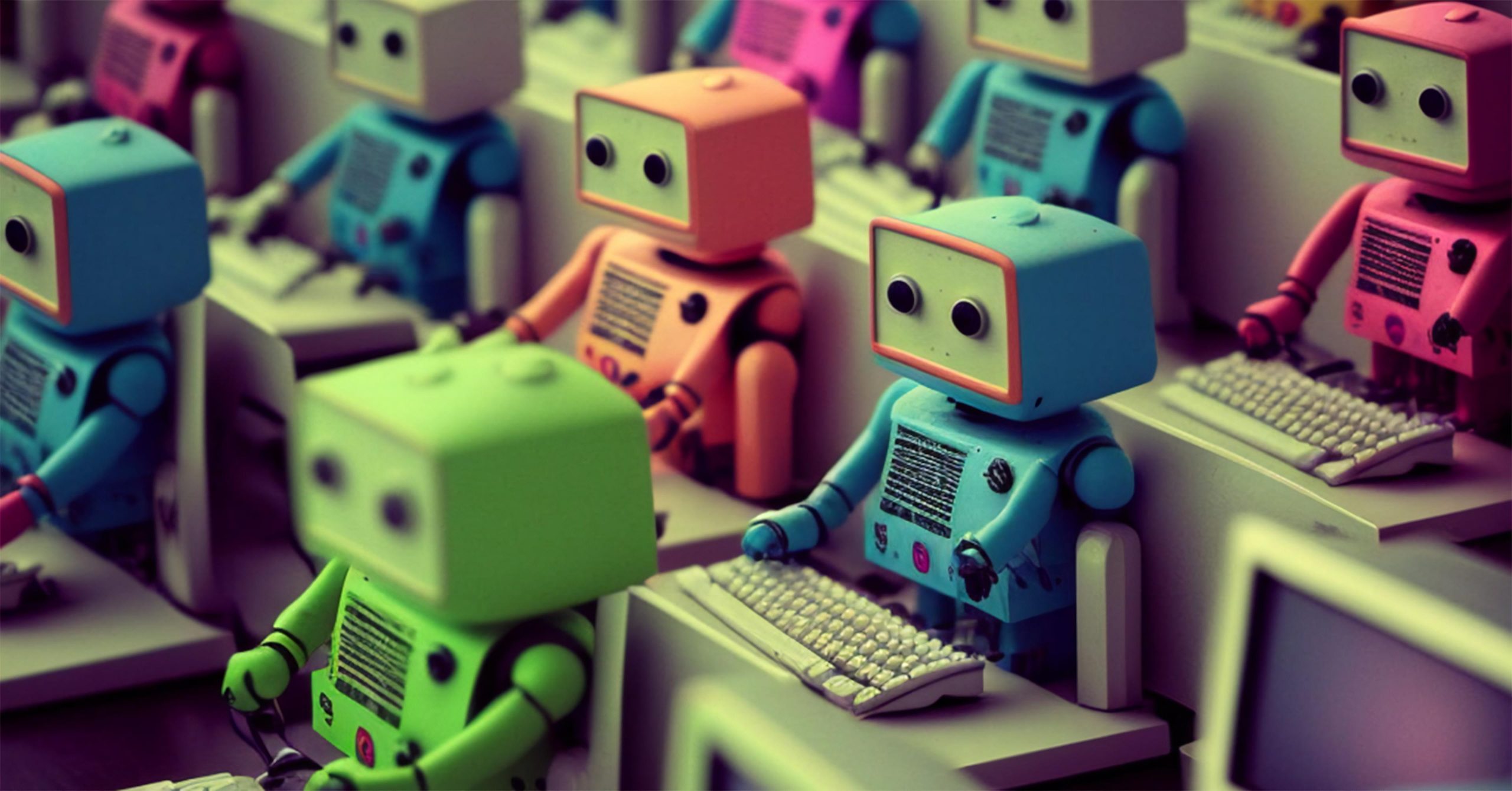Whatever your thoughts are on computers taking over the world, the fact is AI is here to stay. And it’s getting better and better. While chatGPT has a tendency to repeat itself when generating articles and has limited knowledge beyond 2021, and Midjourney can provide fairly unpredictable results (and can’t draw hands evidently), they are undergoing continual improvement and innovation. We’ve been watching with some interest and have read people’s concerns on wholly bot-written copy, and we agree. Simply pasting an AI generated article is ‘bots writing for bots’ and now at least, can be recognised as such almost immediately. Likewise, asking Midjourney to generate a logo or website design will spit out some generic work that has little in common with the client’s audience.
While AI can automate certain tasks, such as layout and colour schemes, it does not possess the creativity, problem-solving skills, and human touch that a human web designer brings to the table. Human web designers have the ability to understand the needs and wants of a client, their vision, user goals, visual preferences, and any subtle interactive elements that might enhance the UX and will create a website that is tailored to them. They also create a unique and visually appealing design that stands out from the competition. At Colab we like to explore more unusual visual approaches to our work whenever we are given the freedom, creating brands and websites that look visually unique through illustration and micro interactions.
However, we embrace and welcome AI as part of the wider workflow. It’ll never replace pure creativity, but it can help with initial brainstorming and mood boards, colour comparison, unique image generation and something we’ve always been a fan of, reducing the need to rely on stock photography that everyone else is using too.
Oh, and the header image for this post was created by Midjourney using the following prompt (US spelling for colour was used): /imagine room full of humanoid robots working on computers color photograph bright colors. We then used HitRaw (which also uses AI) to enhance the 1080×1080 image for retina displays. And yes, we can see the spacebars are in the wrong place.

